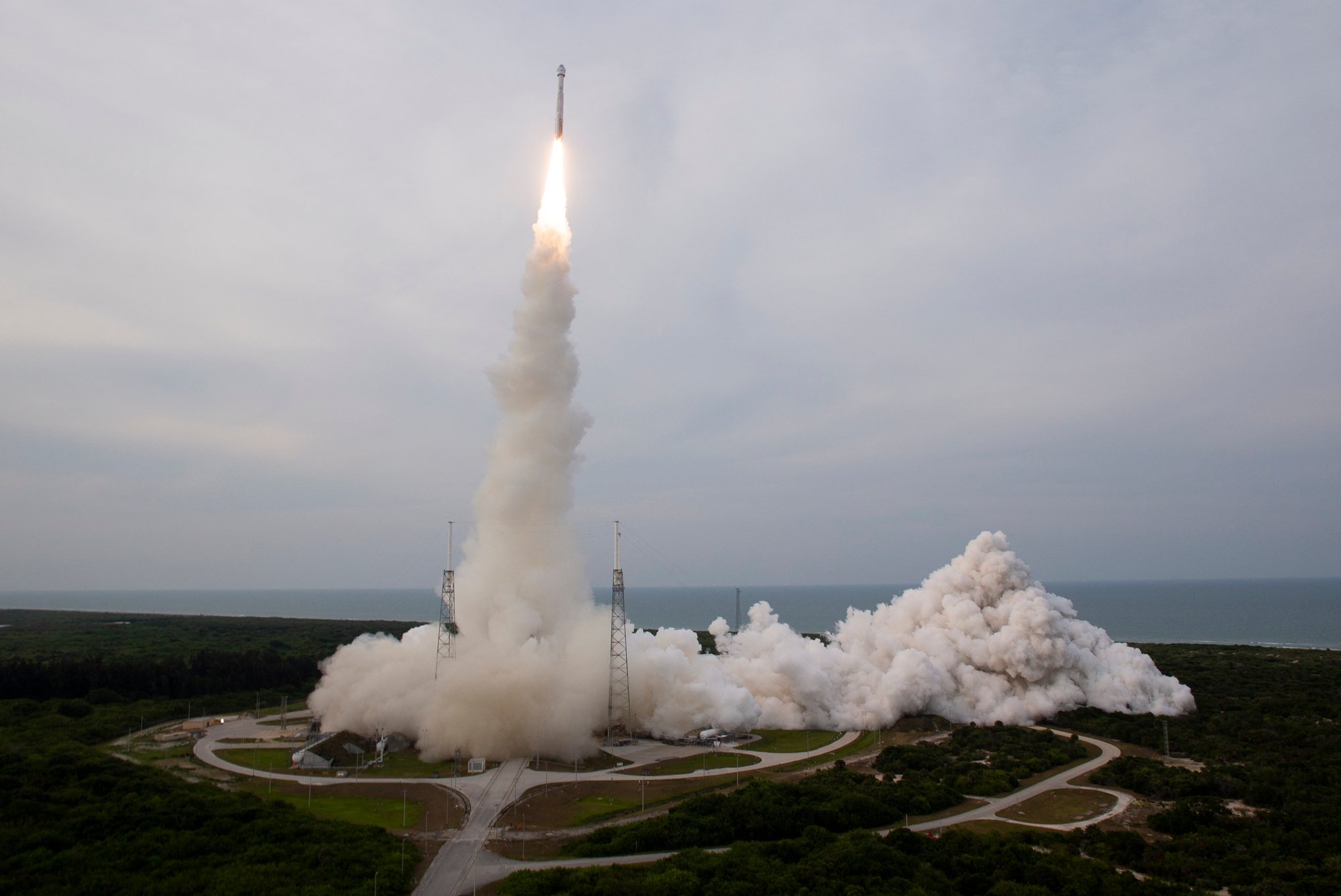The Boeing CST-100 Starliner space capsule was successfully launched to the International Space Station (ISS) Thursday night local time from Cape Canaveral, Florida.
The spacecraft was lifted high by an Atlas V rocket and after about 30 minutes orbited the Earth. In 2019, at this point, the Starliner trial failed due to a software bug. The process has not been smooth now, Boeing and NASA scientists said at a post-launch press conference, with two of the spacecraft’s 12 nozzles ending service during the 45-second launch. A bug of unknown origin has also been reported that will not prevent Starliner from reaching the space station and then back to Earth, where the spare nozzles will work flawlessly.
“The system is designed to have a backup and work exactly as it should. The vehicle is safe as we are on our way to the International Space Station,” said Mark Naby, Boeing Starliner program manager.
Photo: JOEL KOWSKY / AFP
The spacecraft is scheduled to dock with the space station 24 hours after launch on Friday evening, where it will take 4-5 days, after which it will return to Earth, where it will land in the New Mexico desert using a parachute. There are no people on board yet. The only passenger is Rosie, Rocket Man, a doll in a blue spacesuit to measure the effects on future astronauts on the way. In addition, the Starliner delivers more than 200 pounds to the International Space Station.
If the experiment is successful, NASA will get another instrument to reach the International Space Station from the United States. After stopping the space shuttle program, they could only do so with the Russian Soyuz spacecraft, but now they are using billionaire Elon Musk’s Falon 9’s Rocket and Crew Dragon spacecraft. (MTI)












































